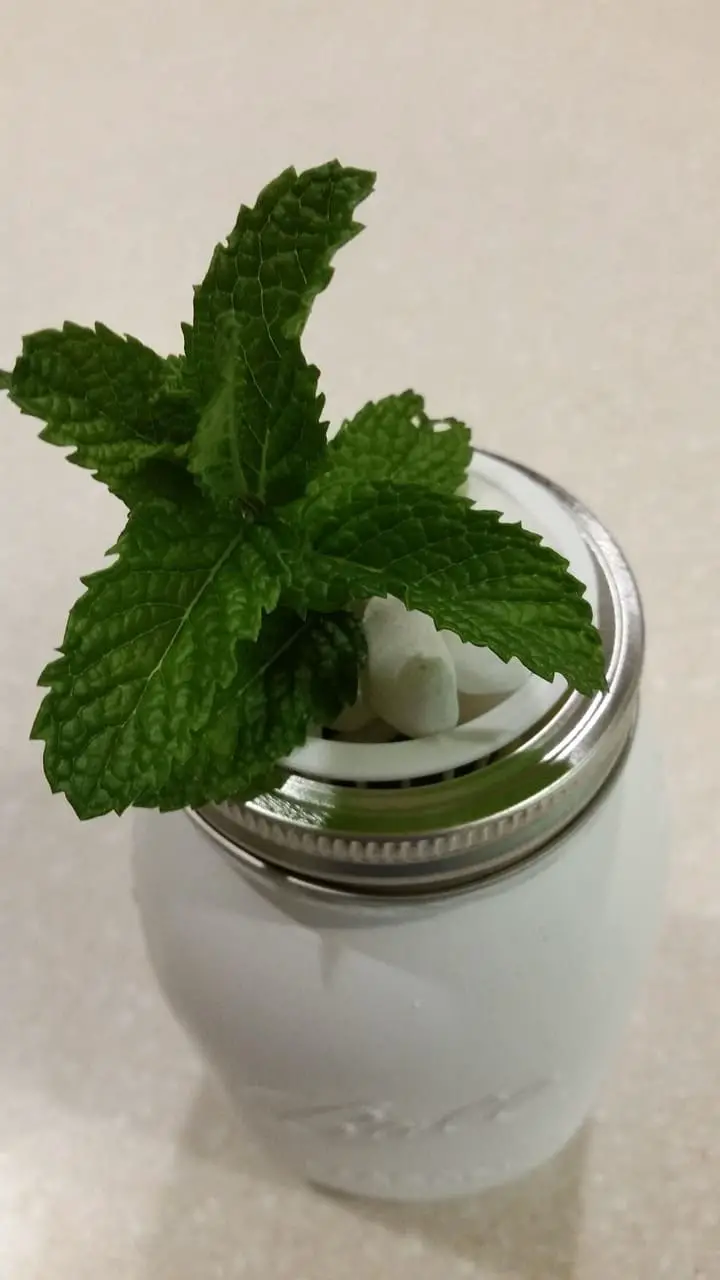For people just getting started in the world of growing plants using a hydroponic method, the various systems and methods can result in a daunting feeling.
The Kratky method is a passive hydroponics setup ideal for novice growers that are looking to get into the world of sustainable farming and hydroponic gardening.
How Do You Get Started With The Kratky Method?
Building a DIY Kratky system for growing food hydroponically requires six simple steps.
- Get a resealable, food-grade container with a volume of at least a gallon. You can opt for a larger volume, like a 5 gallon bucket, as well.
- Drill a hole in the lid large enough to accommodate your growing pot.
- Fill your container with water and add a nutrient solution designed for the plant you’re growing.
- Adjust the pH level of the water to one that is conducive to your plants. You will have to research this, either online or at your nearest garden center.
- Fill your net pot with a growing medium such as perlite, rockwool, or clay pebbles.
- Place a few seedlings in each pot to maximize chances of getting a successful germination. If more than one seed sprouts, pare down to the most dominant one.
From here the Kratky system will self-sustain. Simply monitor for any drastic changes in the health of your plants, make sure the aeration is good, and enjoy the yield!
Hydroponic growing can be a great entryway into growing your own produce at home. For people without access to a community garden or a patch of land for their own use, hydroponic growing can be a way to bring the yield of a personal garden into your kitchen.
For many looking to get into growing food hydroponically, the Kratky system is a great introduction to the method.
How Does a Kratky System Work?
For beginners, hydroponic growing means growing plants in a way that involves suspending the plants over a water source without them being planted in soil. Designed by Dr. B.A. Kratky at the University of Hawaii, the Kratky method is a passive system for growing plants hydroponically.
The Kratky method is based on the idea of providing plants the essentials they need for growth in the most low-maintenance way possible. These essentials include oxygen, moisture, and light. To maximize the plants’ growth potential, additional nutrients are added to the water.
First, the reservoir helps to provide the plants with the water and additional nutrients they need to grow. As the plants grow and absorb more of the solution, the water level will drop. This will expose some of the plant’s roots to the air, allowing them to absorb the necessary oxygen.
By making sure the plants are in a properly lit space, either with UV lamps or near a window with proper sun exposure, you are providing the final necessity in the growth of your plants.
What are the Pros of the Kratky System?
There are a number of pros to using the Kratky system, including it being a passive system, its simple setup, and the fact that it doesn’t require any power equipment to run. All these make it a great system for those just getting started with hydroponic growing.
Passive System
Being a passive system means the Kratky method is a set it and forget the way of growing plants. Once the initial setup is done and you’ve made sure the pH and nutrient level of the water is correct, you can sit back and let the plants grow on their own.
Simple Setup
The set-up is also exceedingly simple, from both a hardware and a labor standpoint. Most other hydroponic growing systems will require more materials, as well as a more intensive in terms of building and assembling the rig.
No power equipment needed
The Kratky system also doesn’t require a motor or pump to circulate and filter the water. This means no noisy equipment that always needs to be running, great for at-home growers. If the rig is set up near a source of sunlight it could be run without any electricity consumption. This will help to keep your utilities bill down.
These pros help to make the Kratky system a great option for any at-home growers that are just getting started. The low start-up costs, minimal need for technical know-how and skills, and ease of process all make it a great option.
Also read: How to Build a Deep Water Culture (DWC) System?
What are the Cons of the Kratky System?
While the Kratky system is a great, low-maintenance option for those just getting started in growing hydroponically, it doesn’t come without its downsides. While not enough to outweigh the pros, the cons to using a Kratky system are the limited range of plants that work well with it, lack of scalability, and the potential for pests.
Not ideal for all plant types
The Kratky method works really well for fast-growing, short-cycle plants. Things like leafy greens and herbs, both small and easily grown in most conditions, are ideal for this method.
Fruiting plants like tomatoes and cucumbers can also be grown using this method but will require far more maintenance than green and herbs. Constant monitoring of the water, both pH and nutrient levels, will be necessary, and a larger rig to support these larger plants will also be needed.
While some have been able to do it, root vegetables are hardly worth attempting to grow using a Kratky system due to the maintenance and effort required to do so.
Lack of scalability
The Kratky system is great for at-home and small-scale rigs, but not large-scale operations. They can be great for meeting the needs of your kitchen and impressing friends and family, but trying to meet any kind of large-scale production goals with this system is just impractical.
Potential for pests
Because the Kratky system is a passive system it opens itself up to potential pests. If exposed, the standing water can attract various insects, especially mosquitoes.
While this isn’t a problem for someone with an indoor rig, it can be an issue for people with an outdoor setup. In order to help avoid this, you should look to avoid exposing your water any more than necessary.
Additionally, the nutrients in the water combined with exposure to light can provide the perfect conditions for algae to grow. This can be prevented by getting a solid-colored reservoir that will prevent any light from entering the water. While light is needed to grow your plants, only the parts above your rig should be receiving it.
The cons of the Kratky system are fairly minor in scale, and should hardly be the reason someone doesn’t take the plunge into growing food hydroponically. With a little extra care and diligence, these can easily be mitigated.
What are the Best Plants to Grow with the Kratky Method?
As mentioned previously, the Kratky method isn’t ideal for all plant types. Leafy plants and herbs are ideal, as both of these plant types grow quickly after the seedlings are placed in net cups and require little space. Things like spinach, kale, and various lettuces, as well as an herb garden, are great options for beginners to start their Kratky system with.
Some people will have success growing larger, fruit-bearing plants, like tomatoes and peppers. While these are not impossible to grow using the Kratky method, they do require more effort and diligence.
These plants will require constant monitoring of the pH and nutrient levels of the water. Also, by nature of being fruit-bearing, these plants will often require refilling of the system’s water before the plants even yield and produce. While it can be done, these plants are not advisable for the novice grower.





